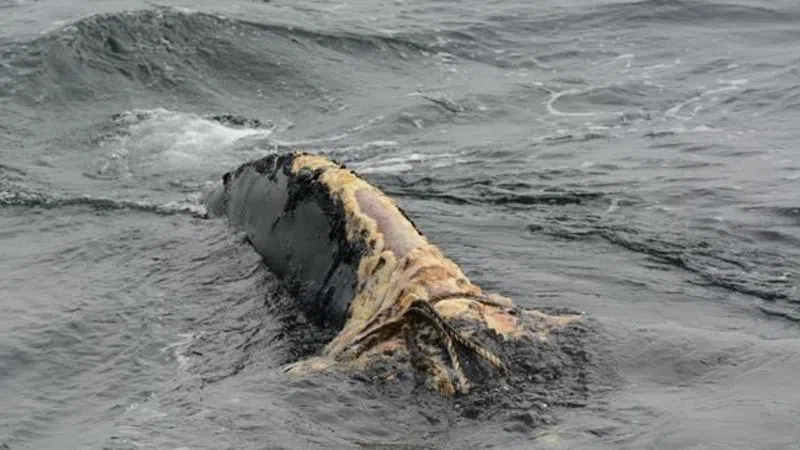
Scientists in Gulf of St. Lawrence see four of seven right whale calves born this year
HALIFAX — A recent scientific trip in the Gulf of St. Lawrence made multiple sightings of endangered North Atlantic right whales, including four of the seven calves born last winter.
Amy Knowlton, a leading right whale research scientist with the New England Aquarium in Boston, calls the sightings of the young whales encouraging news during a season in the gulf in which eight right whales have died.
“It’s very encouraging to see them and to know that they’ve transited to that area safely. Mothers are very good and take good care of their calves and keep them close, so it was very good to see,” Knowlton said Friday in an interview from a research station in Lubec, Maine.
Knowlton said this particular group of young had initially given scientists hope for the right whale population, which currently stands at an estimated 400 worldwide.


